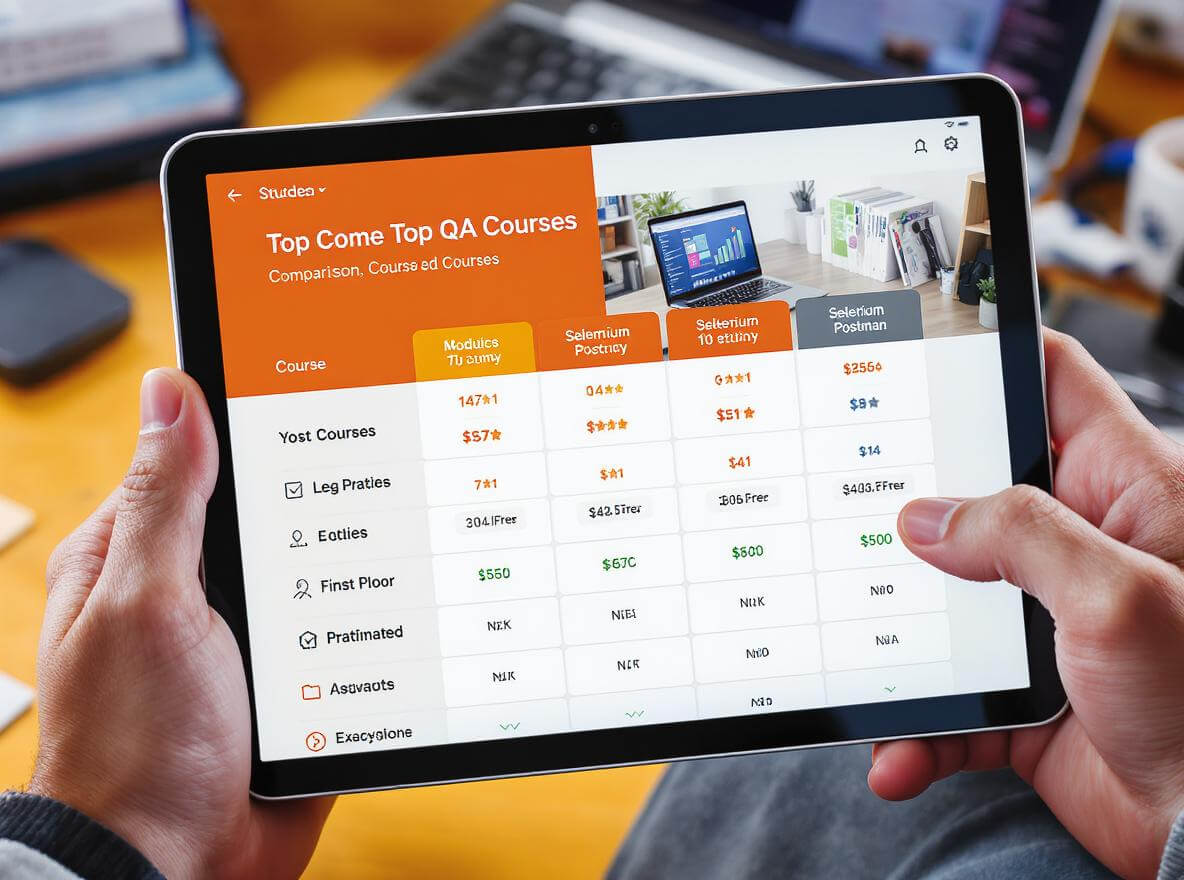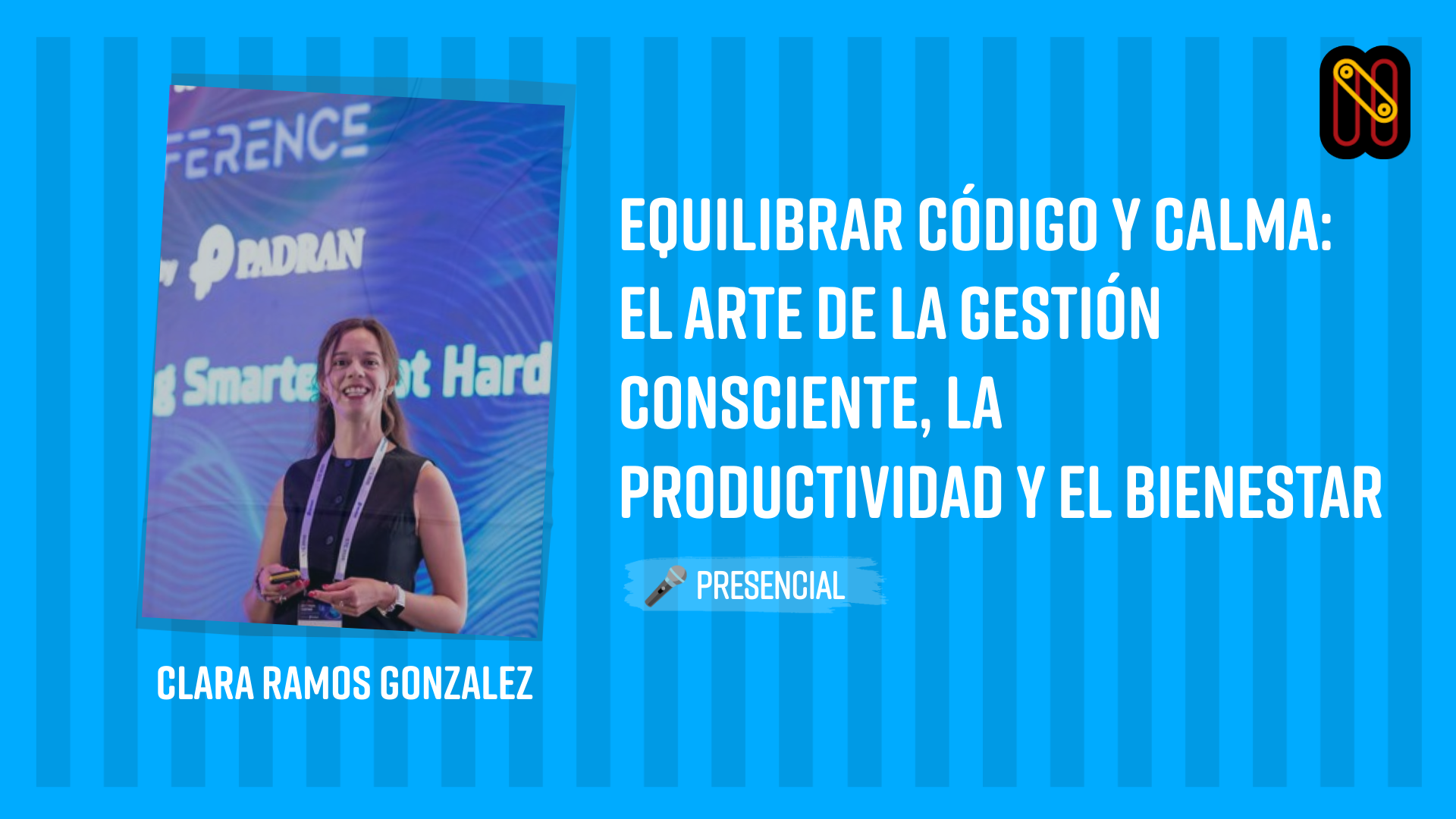With so many options available, choosing the best QA course can feel overwhelming. Whether you’re new to software testing or looking to upskill, the right program depends on your goals, experience, and how fast you want to enter the job market.
This guide breaks down the different types of QA courses available in 2025, including their pros, cons, formats, and outcomes, so you can choose with confidence.
What makes a QA course "the best"?
Not all QA courses are created equal. Here’s what we considered when comparing them:
Skill development vs certification
The best courses not only prepare you for certifications like ISTQB, but also teach you how to:
- Write test cases
- Use automation tools
- Collaborate in agile teams
Duration and flexibility
Some learners prefer intensive programs; others need part-time, self-paced formats. Look for a course that matches your schedule and learning style.
Job readiness and career support
The top QA programs include:
- Real projects or capstones
- Resume help and interview prep
Mentorship and job placement support
Types of QA courses available today
In 2025, there are more ways than ever to learn QA testing. Let’s look at your options.
Online self-paced courses
- Platforms like Udemy, Coursera, and LinkedIn Learning
- Affordable (often under $100)
- Great for brushing up or testing the waters
- Limited hands-on practice and no mentoring
Instructor-led live classes
- Real-time interaction with instructors
- Fixed schedules (evenings/weekends)
- More personalized guidance
- Slightly higher cost ($500–$2,000)
In-person training programs
- Bootcamps or tech academies in your city
- High accountability and group dynamics
- May require commuting or time off
QA bootcamps with job support
- Full career training: manual + automation
- Includes tools like Selenium, Jira, Postman
- Career coaching, mock interviews, portfolio building
- Typically priced between $2,500 and $8,000
QA Course selection by profile
Not every QA course is built for the same type of learner. Whether you’re just starting out, making a career switch, or aiming for a certification, the right choice depends on your current skills, availability, and goals. Here’s how to identify which type of course best fits your profile.
For complete beginners
- Choose beginner-friendly courses with no prerequisites
- Focus on programs that cover basics of QA, testing types, and bug reporting
For professionals changing careers
- Bootcamps with real-world projects and job coaching are ideal
- Look for courses with flexible schedules and mentoring
For those seeking certification
- Look for ISTQB-aligned programs
- Some bootcamps or instructor-led courses offer prep as part of the curriculum
Pros and cons of each format
QA training comes in a variety of formats, from fully online to immersive in-person bootcamps. Each option has its strengths and limitations depending on how you learn best, your availability, and your budget. Here’s a breakdown of the main formats to help you compare and choose wisely.
Format | Pros | Cons |
Self-paced online | Flexible, low-cost | No feedback, no project experience |
Live virtual classes | Interaction, support, structure | Fixed schedule, medium cost |
In-person programs | Accountability, immersive | Less flexible, higher cost, location-bound |
Bootcamps | Career-ready, project-based, support included | More intensive, higher cost |
Why choose our QA bootcamp
We designed our QA bootcamp to combine the best of all worlds:
- Beginner-friendly curriculum, no tech background needed
- Real tools, real projects, real outcomes
- Career support from day one
- Aligned with ISTQB fundamentals
- Affordable payment options
Learn manual and automated testing from real instructors, with full support until you land your first job.
Next steps: how to pick and start your course
- Define your goals – Do you want a job fast, a certification, or a new skill?
- Assess your schedule – Are you available full-time, part-time, or only weekends?
- Compare course outcomes – Will it give you real experience or just theory?
- Check reviews – Look for success stories and job placement rates.
- Take action – The sooner you start, the sooner you can land your first QA role.
Still unsure? Reach out to our team and we’ll help you pick the path that fits your goals.





